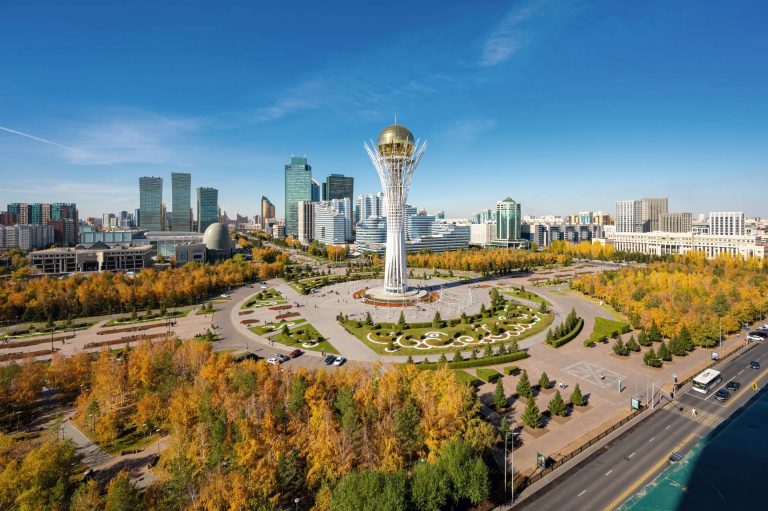It’s quite surprising that Perm hasn’t yet been swept up by a wave of mass tourism. Its impressive museums and art installations, unique gastronomy, and magnificent Diaghilev Festival make it the perfect destination for a long weekend. Add the natural treasures of the Perm Territory, and you’ve got an ideal spot for a full vacation.

Cultural evolution
The Perm cultural revolution of the 2010s left behind not just memories, but also a substantial “legacy” — a prestigious metropolitan status that still graces its numerous museum institutions. For example, Perm houses PERMM, one of the finest state museums of contemporary art outside Moscow and St. Petersburg, as well as the Perm Art Gallery, home to the so-called “Perm gods” — dozens of wooden temple sculptures featuring Komi-Permyak characteristics. This extraordinary collection resided under the roof of the Cathedral of the Transfiguration of the Saviour for nearly a century before finally moving this spring to a new building on the former Shpagin railroad factory grounds. Just an hour’s drive from the city lies Khokhlovka, the Urals’ first open-air museum of wooden architecture. It’s a complete village whose structures showcase the history, daily life, and traditional crafts of the Perm Territory. The site features 23 monuments dating from the late 17th to the second half of the 20th centuries: churches, a fortress watchtower, peasant homesteads, an extremely rare salt-lifting tower with wooden pipes, a salt works, and a barn. The site also includes a reconstructed agricultural complex complete with a working windmill and a Hunting Station.
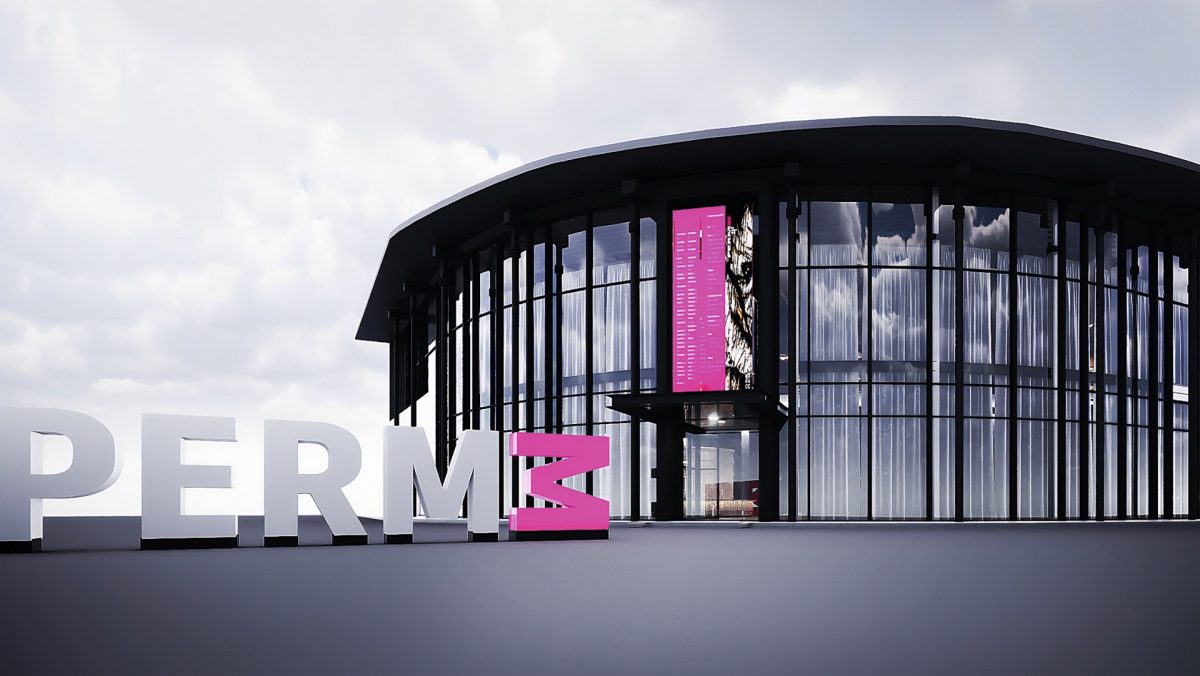
Do you love theater?
In recent years, Perm has earned its place as one of Russia’s theater capitals — people travel from across the country to attend performances at the Opera and Ballet Theater and the Academic Theater-Theater, among the nation’s oldest theaters.
Sergey Diaghilev spent his childhood in Perm — the house that belonged to three generations of the Diaghilev family now serves as a memorial museum to the ballet impresario. Every June, the city hosts the International Diaghilev Festival, with artistic direction by the renowned conductor and musicAeterna founder Teodor Currentzis. The festival program features opera and ballet performances, art exhibitions, concerts spanning various musical genres, photography exhibitions, and retrospectives. While major premieres and directorial surprises are anticipated for 2025, the exact lineup remains under wraps.
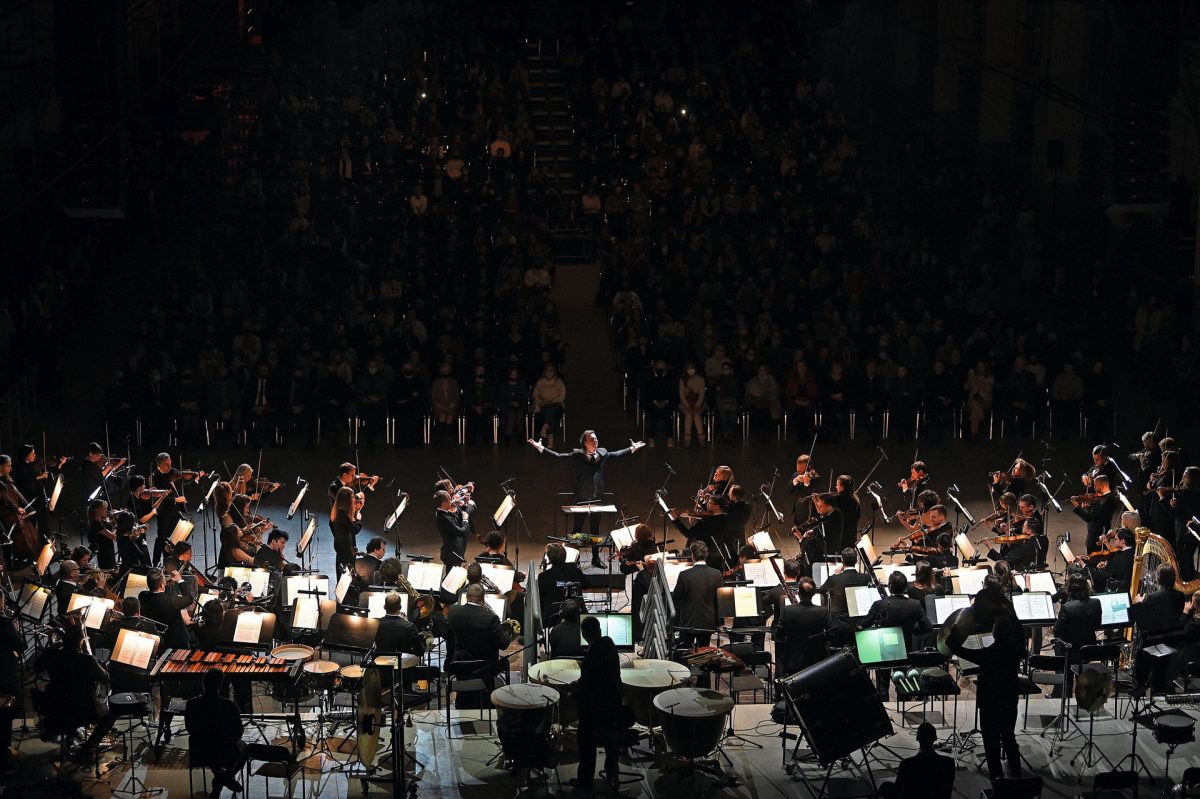
In search of happiness
Beyond theatrical performances, the city’s major cultural landmarks are connected by Green and Red walking routes. Following these colored lines painted on the pavement, visitors can stop to photograph the famous Permyak Salt Ears monument — historically, Perm residents were involved in salt mining and trade, and carrying salt sacks on their shoulders would leave salt residue on their ears. The city’s esplanade — a spacious square featuring monuments, playgrounds, and recreation areas — displays the word “power” formed from concrete benches and showcases a stainless steel bear statue (the region’s symbol). From the Kama embankment, everyone photographs the famous “Happiness is just around the corner” sign, which has “starred” in several movies and music videos.

Ural cuisine
Local gastronomy provides another compelling reason to visit. The Kama region was the birthplace of pelmeni (from “pel nyan” meaning “bread ear”) and open-faced shanga pies, which became beloved nationwide. Perm also originated posekunchiki (also known as posikunchiki) — their signature crispy pies with juicy filling. The name derives from the word “sech” (to chop), referring to the finely chopped meat filling, though there’s a playful alternative theory suggesting these pies “sik” — squirt juice when bitten. Local restaurants feature dishes prepared with regional ingredients. For an intimate experience of regional gastronomy, visit the Perm Kitchen café-museum, established by hereditary cook-ethnographers Sergey and Alexey Subbotins, where dishes are prepared according to historical culinary essays and folk recipes. Their themed Made in Perm gastro-set includes pel nyani with pistiki — young field horsetail shoots similar to asparagus. The Komi-Permyak restaurant Chӧskyt Kerku offers tasting tours featuring radish dumplings, beaver cutlets with lingonberries, and even mushroom beer with cloudberries.
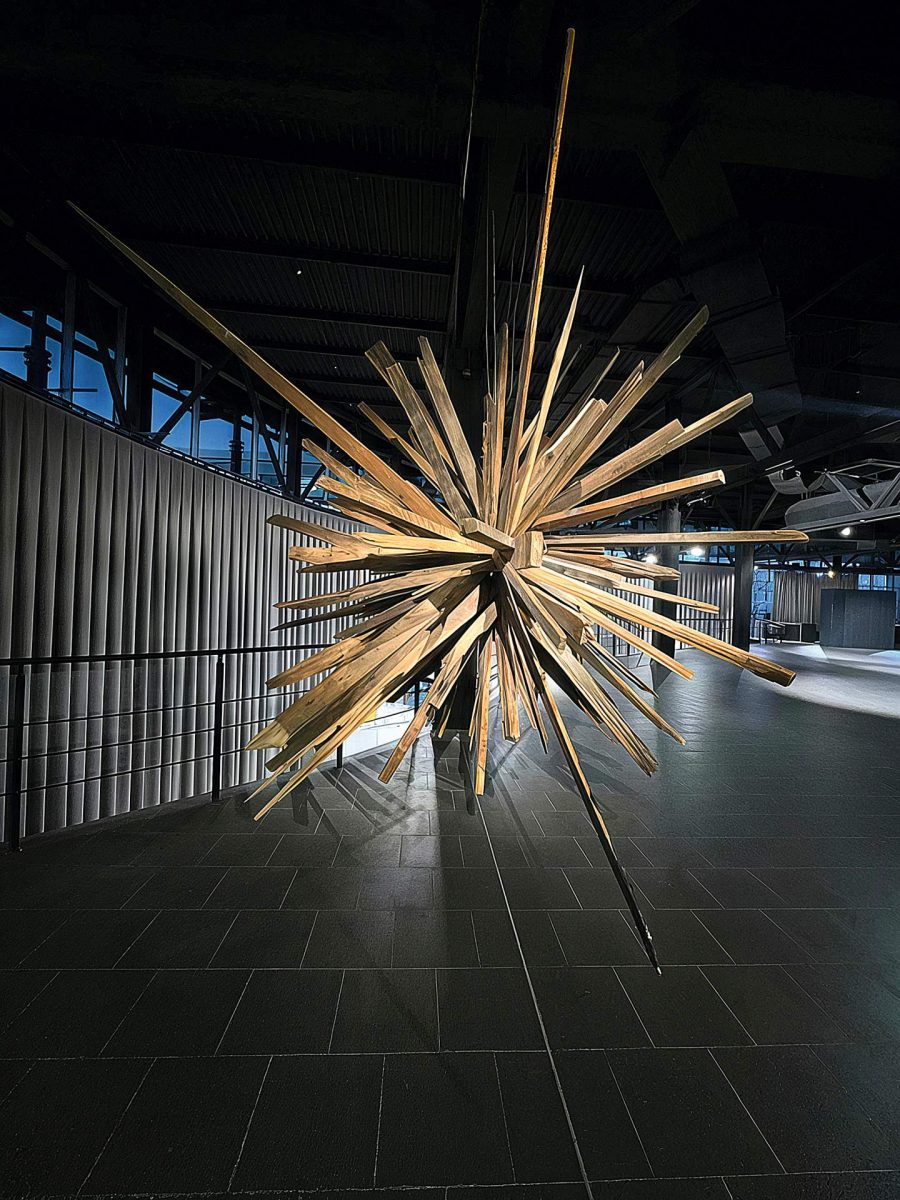
Natural wonder
The Perm Territory offers abundant ecotourism opportunities. From May through September, rafting enthusiasts from across Russia flock to the region. The local Ural rivers are warm and gentle, making water trips accessible to everyone, not just thrill-seekers looking for turbulent whirlpools and dangerous rapids. The most scenic routes follow the Chusovaya, Vishera, Berezovaya, and Usva rivers. The Perm Territory is also popular for hiking — visitors can climb the 100-meter Vetlan Rock and the watchman’s Poludov Stone on the opposite bank of the Vishera River, explore Stone City with its peculiar rocky outcrops, traverse the Vishersky Nature Reserve to reach Tulym Stone (the region’s highest point), or ascend Mount Kolpaki at the junction of two continents. One of the Perm Territory’s main attractions is the Kungur Ice Cave, featuring a mile-long underground trail past ice and calcite formations. Finally, divers dream of visiting the Ordinskaya Cave — one of the world’s longest underwater gallery systems, where guided dives are available with experienced instructors.
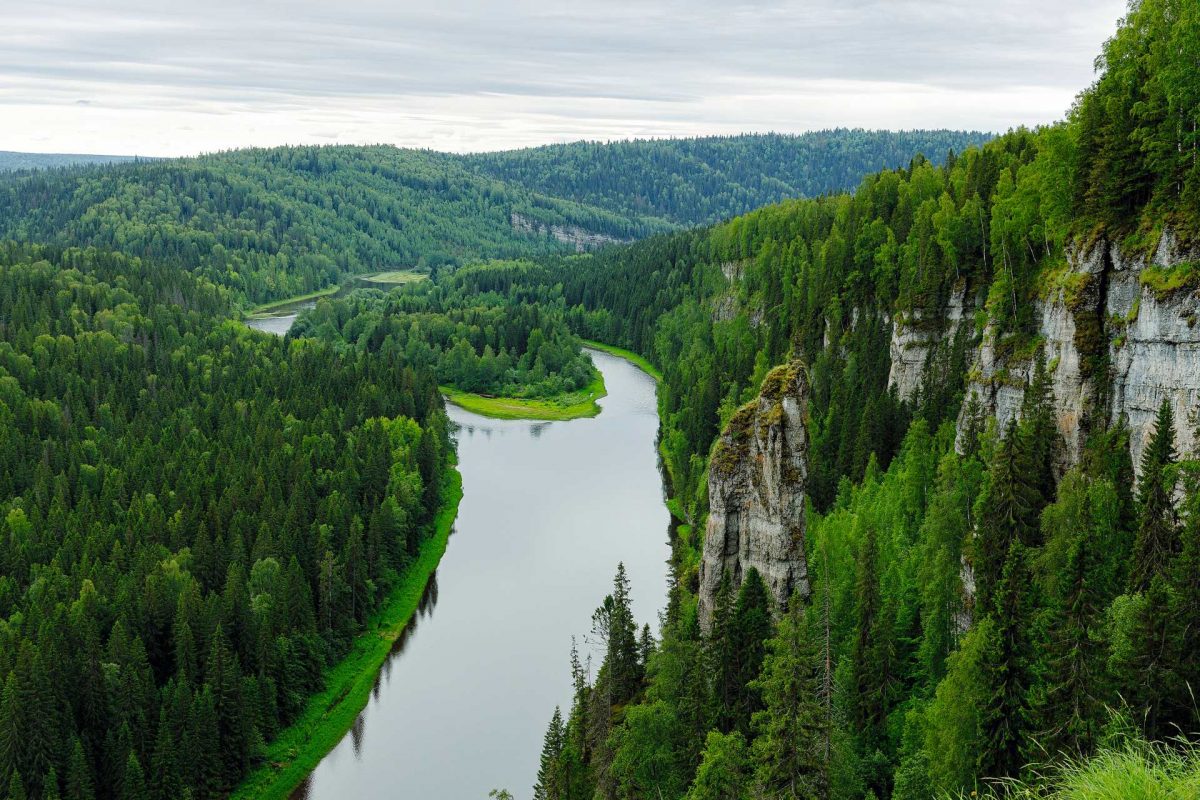
Photo: Vostock Photo, Nikita Chuntomov/Press Office, shutterstock.com


